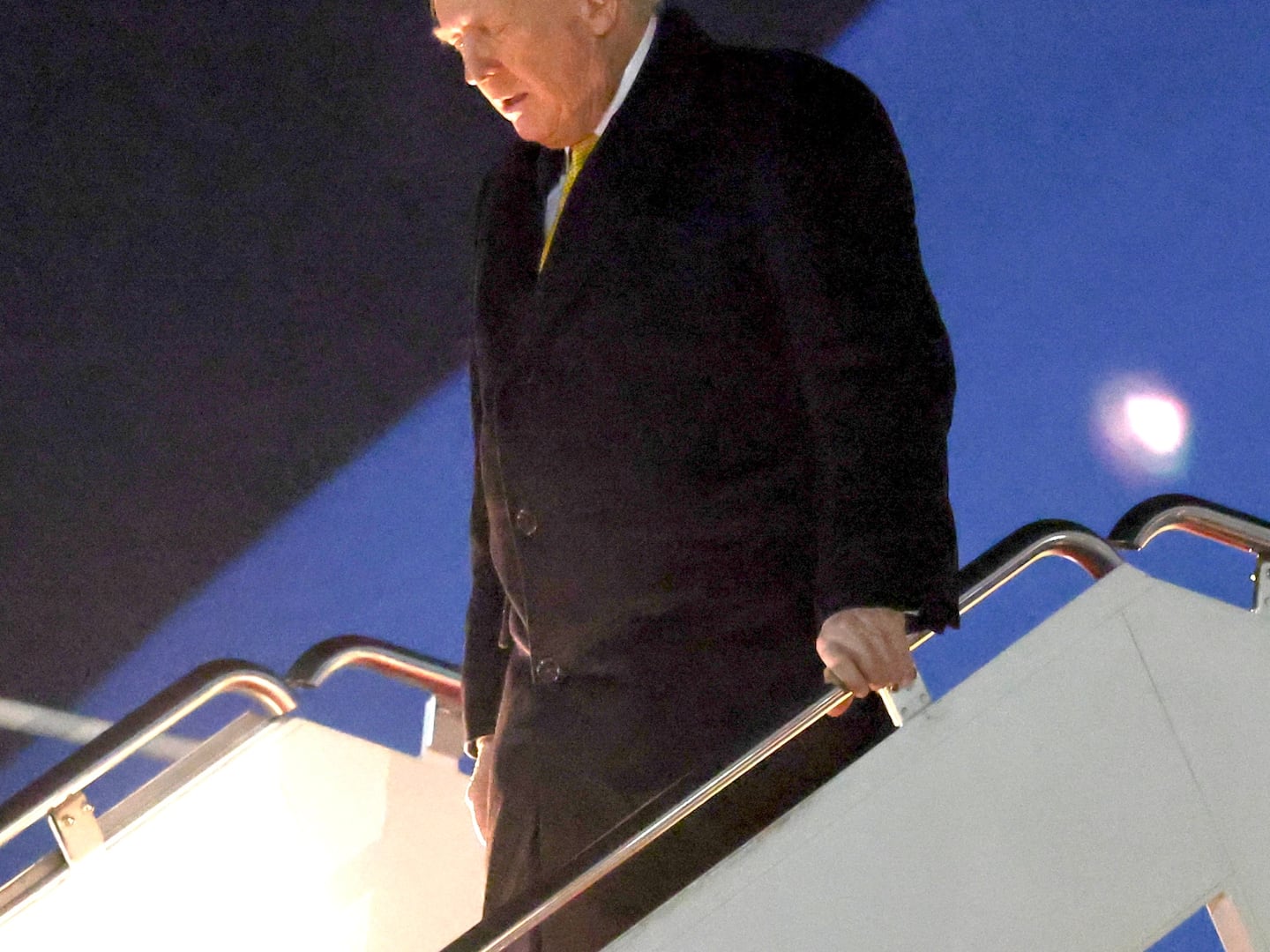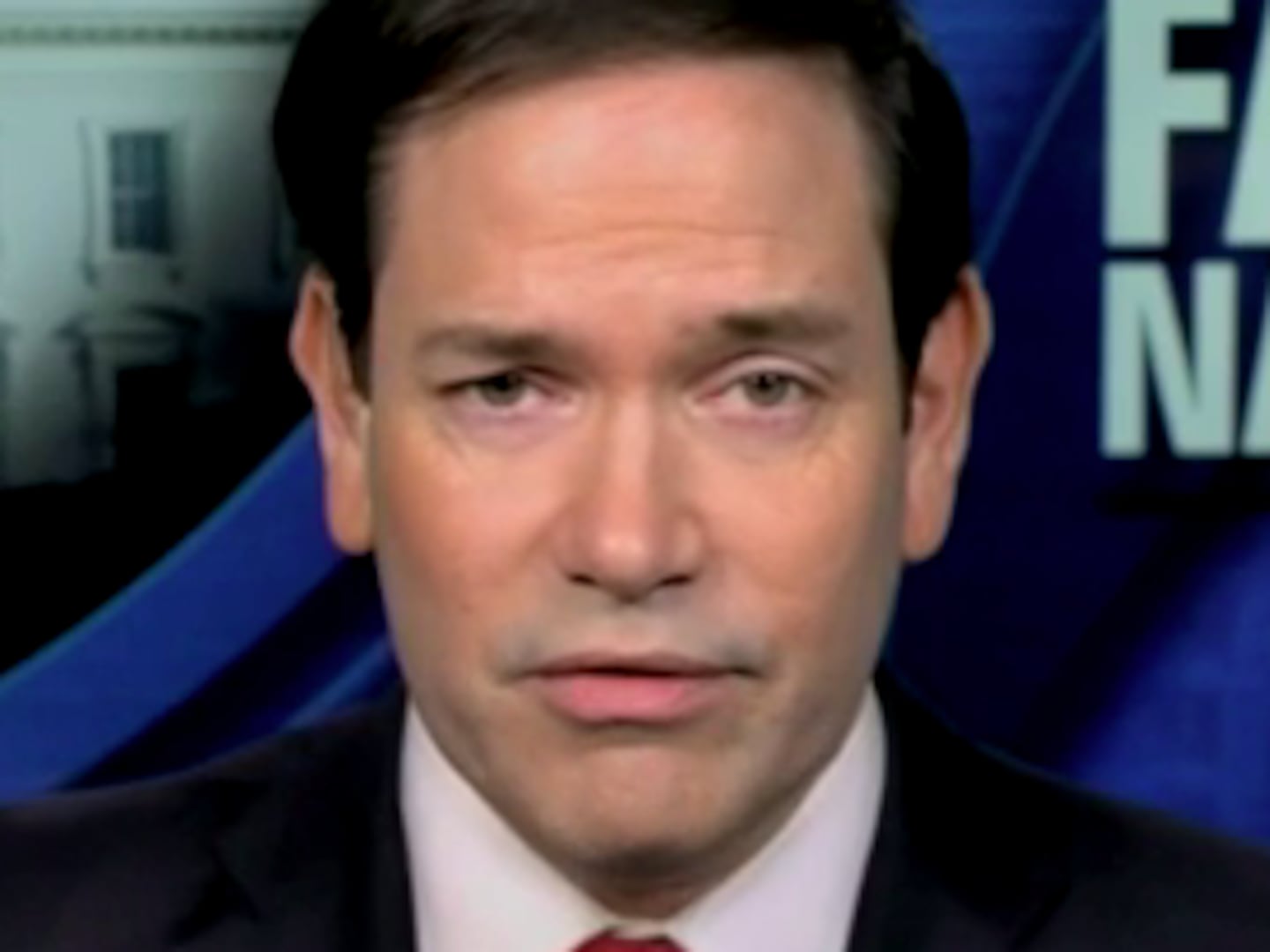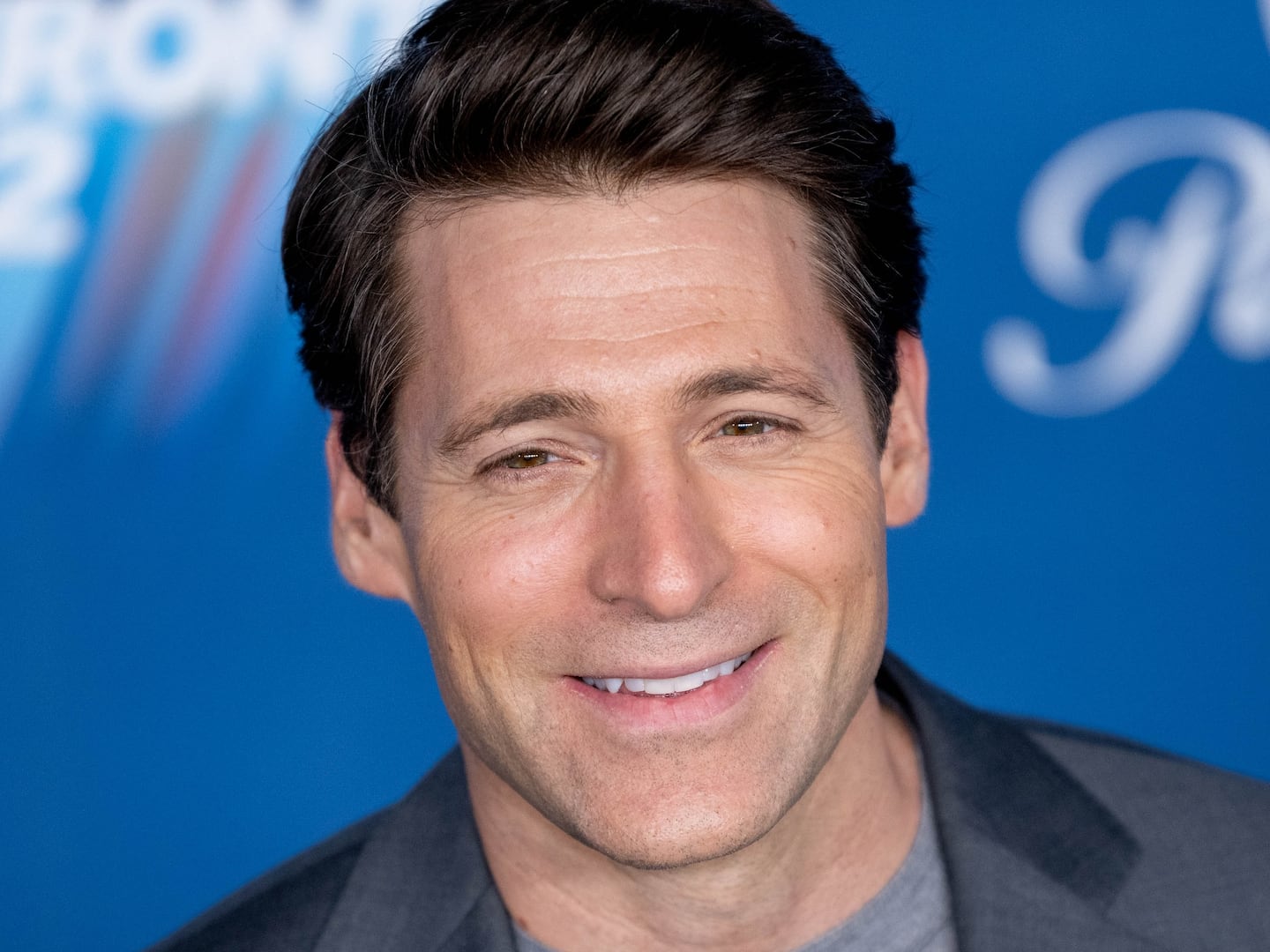The international reaction to Monday night’s devastating attack on an aid convoy in the Syrian town of Urem al-Kubra has been swift and furious. U.N. Secretary-General Ban Ki-moon, in an unusually forthright speech at the General Assembly, described the attack as “savage and apparently deliberate.” He concluded by saying the fate of Syria could not depend on the “future of one man,” namely Bashar al-Assad.
According to a statement released Wednesday by the Free Syrian Army, 31 people in total died—19 civilians and 12 aid workers. The director of the local branch of the Syrian Arab Red Crescent (SARC), Omar Barakat, was among those killed. At least 18 trucks carrying humanitarian aid were destroyed, along with a SARC warehouse and a health clinic.
While aid agencies are naturally hesitant to ascribe direct blame, suspicion fell at once upon the Assad regime and Russia, which are the only air powers operating in this area of Syria.
The Russian Ministry of Defense has gone to great lengths to deflect blame, even claiming that video of the aftermath of the attack shows no sign of damage from an air strike, and suggesting the convoy was attacked by Syrian rebel fighters on the ground. To lend weight to the latter scenario, the MOD released drone footage of a pickup truck towing what it said was a mortar, moving past the convoy in rebel-held territory.
The Russians also have claimed the trucks might have been destroyed by spontaneous combustion.
However, there is a mounting body of evidence that makes it clear the Syrian regime and, in particular, the Russian military, hold responsibility for the atrocity.
Let’s start with the witness statements.
Mahmoud Abu Zaid, a relief worker, told the BBC’s Newsnight program:
“What happened was—almost two hours before the bombing we heard and saw a drone, as soon as the regime announced the end of the ceasefire. I had concerns that it would start bombing, because it flew over us for a long time. After two hours the helicopter came and dropped the first barrel bomb. After half a minute it dropped two barrel bombs together, afterwards there were six air strikes by the military jets. Then the jets with guns launched an attack. Afterwards the helicopters came back dropping barrel bombs, and then the jet with guns came back and started firing.”
Hussein Badawi, head of the Urem al-Kubra branch of Syrian Civil Defense (known as the White Helmets), told the Associated Press that he could hear helicopters, fighter jets, and ballistic missiles overhead.
He, too, reported the presence of a reconnaissance aircraft before the attack began.
Video from Aleppo 24 News captured some of the attack.
The sounds of jets and automatic cannon fire, probably from Mi-24 Hind helicopter gunships, are distinctly audible. We can also see explosions from bomb or missile strikes.
Mohammed Rasoul, who is credited by the AP for the Aleppo 24 News video of the attack, told the agency that the attack began “around 20 minutes after sunset” and continued for two hours.
In another video, recorded in the immediate aftermath of the attacks, a White Helmet volunteer shows the cameraman parts he said came from a barrel bomb dropped by a helicopter.
With the daylight came more evidence, this time in the form of photos and a video shot by the BBC.
In these images we can clearly see the crushed tail fin of a Russian-made OFAB 250-270 high explosive fragmentation bomb in a crater in the SARC warehouse.
With that, we can safely conclude that air strikes did indeed take place.
U.S. officials have told both Reuters and the BBC that two Russian Sukhoi Su-24 bomber jets were tracked over the area at the exact time of the attacks.
The reports of the use of barrel bombs and ballistic surface-to-surface missiles would also suggest the involvement of the Syrian military, but the BBC was told by the U.S. officials that the strike was “too sophisticated to have been carried out by the Syrian army.”
That the U.S. government has openly accused Russia of responsibility for the attack is certainly not to be dismissed out of hand.
U.S. Secretary of State John Kerry was still, incredibly, insisting yesterday that the Syrian ceasefire “is not dead,” and the US had made great efforts to achieve a deal with Russia, despite overwhelming evidence that the Kremlin is an utterly unreliable partner on this (and most other) issues.
Ben Rhodes, deputy national security adviser for strategic communications at the White House, said:
“There only could have been two entities responsible, either the Syrian regime or the Russian government. In any event, we hold the Russian government responsible for airstrikes in this space.”
Key to the issue of culpability is the fact that the aid convoys’ itinerary was known in advance to both the Syrian regime and the Russian military.
David Swanson, spokesman for the UN Office for the Coordination of Humanitarian Affairs (OCHA), told the PM program on BBC Radio 4:
“These interagency humanitarian convoys, they’re not just something that just go out on an ad-hoc basis, they’re extremely well planned. Now each one of these particular convoys, OK, is duly applied for with the Syrian government. All parties to the conflict are informed of that and the convoys are duly marked as humanitarian. The contents of the convoy are actually approved. Everything, every effort is made that everyone is on the same page. So it’s really unbelievable that you could have an attack take place like this and people say, ‘Oh, it was an accident.’”
Swanson went on to tell BuzzFeed’s Mike Giglio that approval for the convoy had come “directly from coordination in face-to-face meetings in Damascus with the regime.”
But there is worse: Russian drones were publicly monitoring the convoy immediately before the air strikes began.
While the Russian MOD acknowledged that a Russian drone had been tracking the convoy on Monday, official spokesman Major General Igor Konashenkov claimed that the Russian drone had stopped monitoring the trucks at around 13:40 that day, over five hours before the attack.
This is demonstrably false.
That same afternoon, Kremlin-owned RT ran a live stream on Facebook from the Russian MOD, relaying real-time footage from a drone flying over western Aleppo. The stream began at 15:17 local time (12:17 GMT). It is worth noting that due to daylight saving time in Syria, Moscow and Damascus are currently on the same time zone. Around an hour into the video, around 16:17 local, the drone is flying the road between Urem al-Kubra and Kafr Naha, just to the east.
According to the Free Syrian Army, the attack began at “exactly 8:30 PM.” Meanwhile the aid worker who spoke to the BBC, Mahmoud Abu Zaid, reported that the strikes began around two hours after the drone first appeared.
The RT footage likely came from one of the reconnaissance drones that witnesses reported circling the area in the hours preceding the attack.
Indeed the other video released by the Russian military only further refutes Konashenkov’s claim that the convoy was not being monitored.
Using SunCalc, an open source tool that allows users to plot the location of the sun relative to a location at any given time, it can be demonstrated that the video was filmed no later than 16:00 local time. Comparison of the footage with Google Earth satellite imagery verifies that the convoy was indeed filmed nearby—less than four kilometers to the east in Khan al-Asal.
The video was clearly filmed by a second drone, given that the footage does not appear at the corresponding time in the RT live stream. Therefore the convoy was being tracked after 13:40 by at least two Russian aircraft.
Meanwhile, the Russian suggestion that the presence of one towed mortar in the same area could support the theory that rebel fighters carried out the attack is farcical. The presence of such a weapon near the front line in a war zone is hardly suspicious, and given the remains of air-launched bombs and the video footage, the attack was clearly carried out by aircraft—something which Syrian opposition forces lack.
The convoy, which David Swanson from UN OCHA said was delivering aid to 70,000 people, was deliberately attacked over a prolonged period of time by forces who had both clear foreknowledge of its location and real-time video contact shortly before the first strikes began.
Stephen O’Brien, OCHA Under Secretary General and Emergency Relief Coordinator, told the BBC that given all the information and prior clearances known to the Russians and the Assad regime, if this was a deliberate act “that would amount to a war crime. And it is absolutely vital that there is not immunity, impunity, there has to be accountability because even wars have laws.”
Given the evidence, indeed, war crime is just about the only term that can be used to describe what happened on Monday night.






